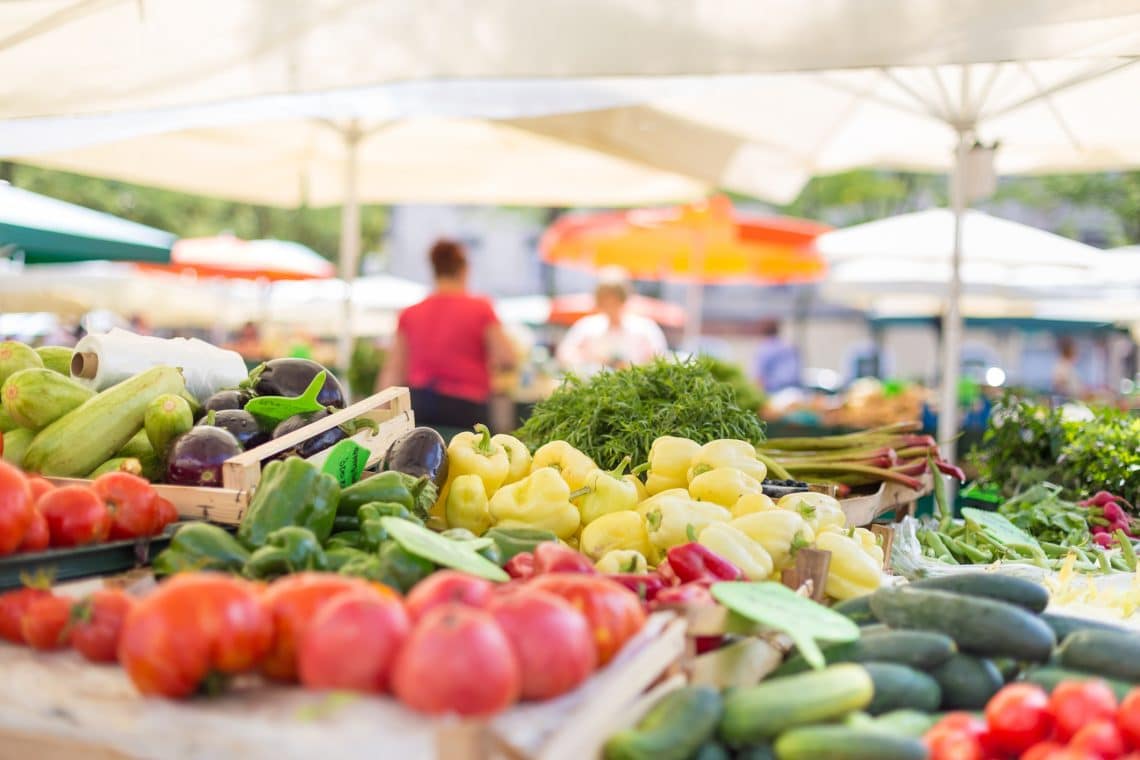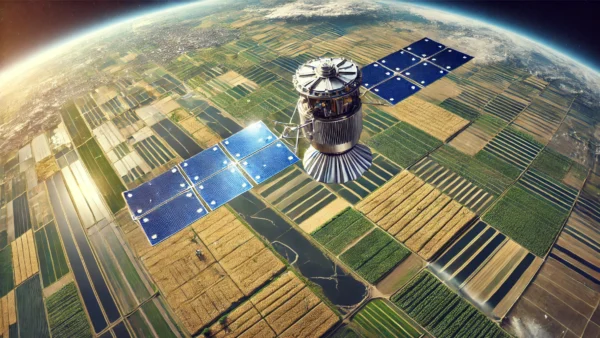Forget vegetables with dull colors and fuzzy skin or fruits that lack of flavor, the produce aisle of the future could offer plant products that are designed for creative cooks and fussy eaters. In a review article published July 19 in the journal Trends in Plant Science, two food researchers describe how new breeding technologies have the potential to enhance the shape, size, color, and health benefits of produce, as well as to inform conventional breeding programs.
“Novelty drives a lot of first time purchasing,” says Andrew Allan of New Zealand science institute Plant & Food Research, who co-wrote the article with Richard Espley. “If the experience is good, then the consumer will purchase again. Choice is key, there is no risk with more choice.”
In their review, the authors describe how fast breeding with CRISPR-Cas9 gene editing doesn’t rely on the addition of a new DNA sequence as is often the case with other genetically modified crops. Rather, these breeding technologies allow scientists to edit existing genes, particularly transcription factor genes called MYBs, which control many of a plant’s key consumer traits. Information from these experiments can also be used to inform selection criteria in conventional breeding programs.
“MYBs often regulate the compounds that generate a fruit or vegetables’ ‘wow’ factor, its color,” Allan says. “These compounds are also associated with important health benefits such as lowering cardiovascular disease or acting as vitamins. By using MYBs to elevate these compounds to create a richer color, we can make produce both more appealing to consumers and more beneficial for the human diet.”
This works for changes below the surface, as well. For example, apples and potatoes have colorless flesh, which often means that nutrients are concentrated in the skin. By altering MYBs to produce higher quantities of compounds in the flesh of the apple or potato, scientists can create fruits and vegetables where every bite has the same concentration of vitamins.
The technology is also being used to adjust flavor and texture, and Allan is excited by what this progress could mean for the future of our supermarkets. He even suggests that this could usher in “the next green revolution, with more product choice for developed countries, greater yields for less developed countries, and more growing options for climate resilience.” To those who may have reservations, he says new breeding techniques emulate changes to DNA made in nature and can be used to advance conventional breeding and growing practices.













